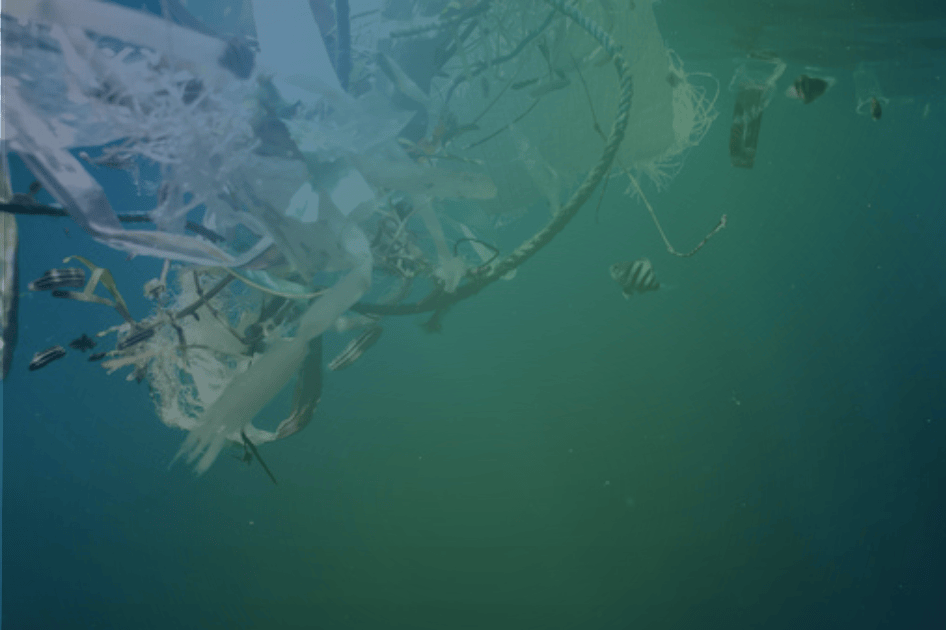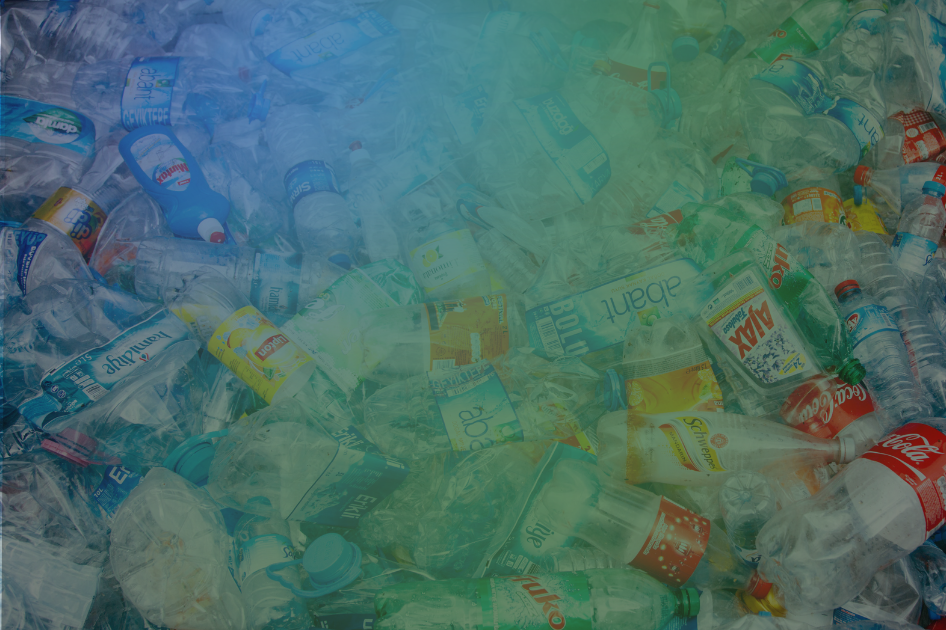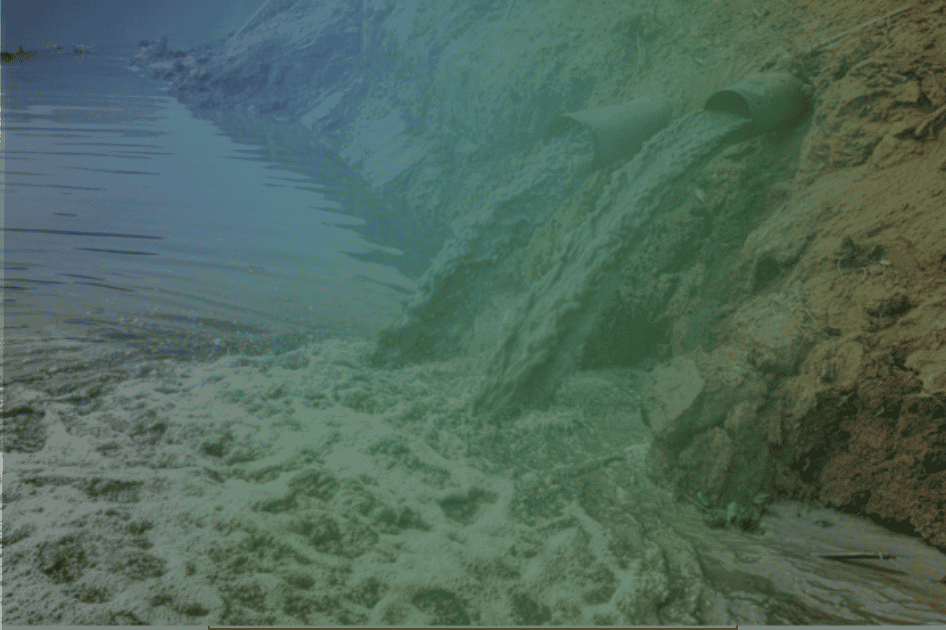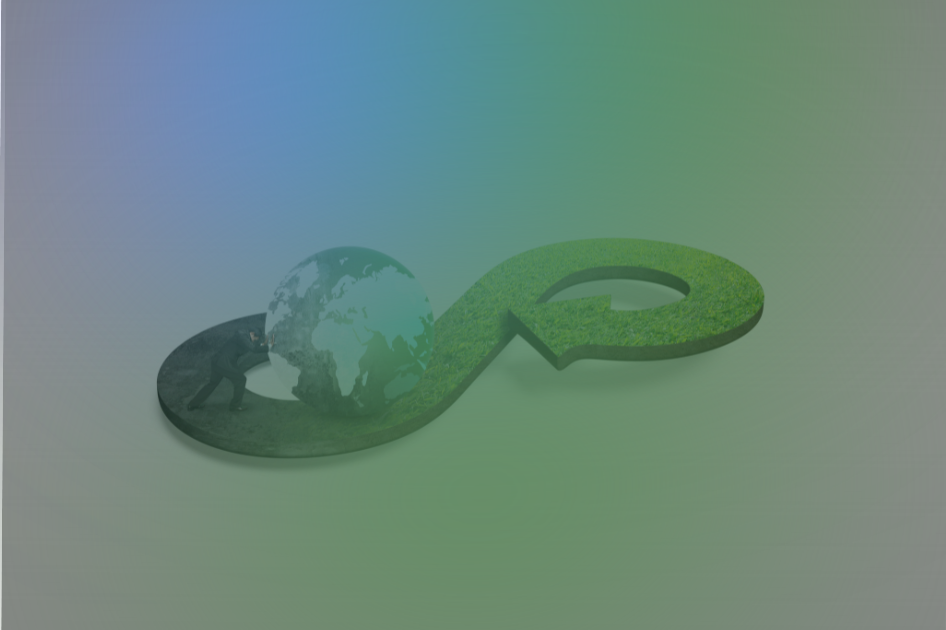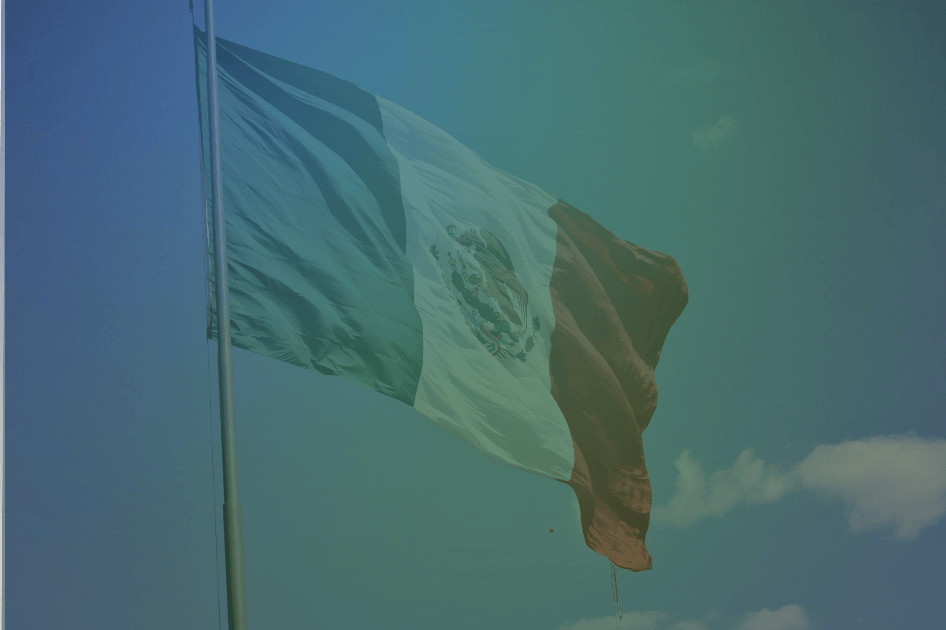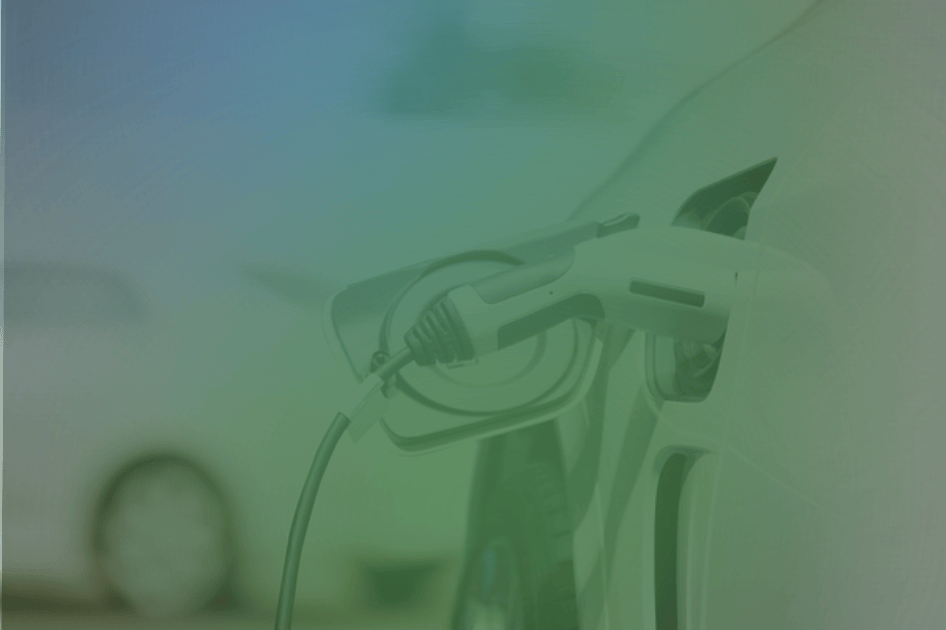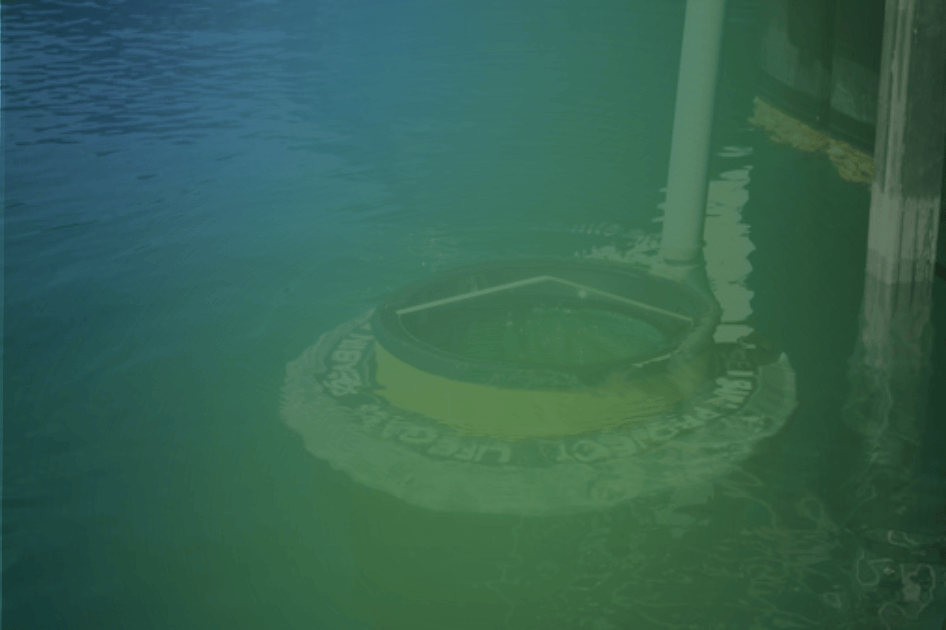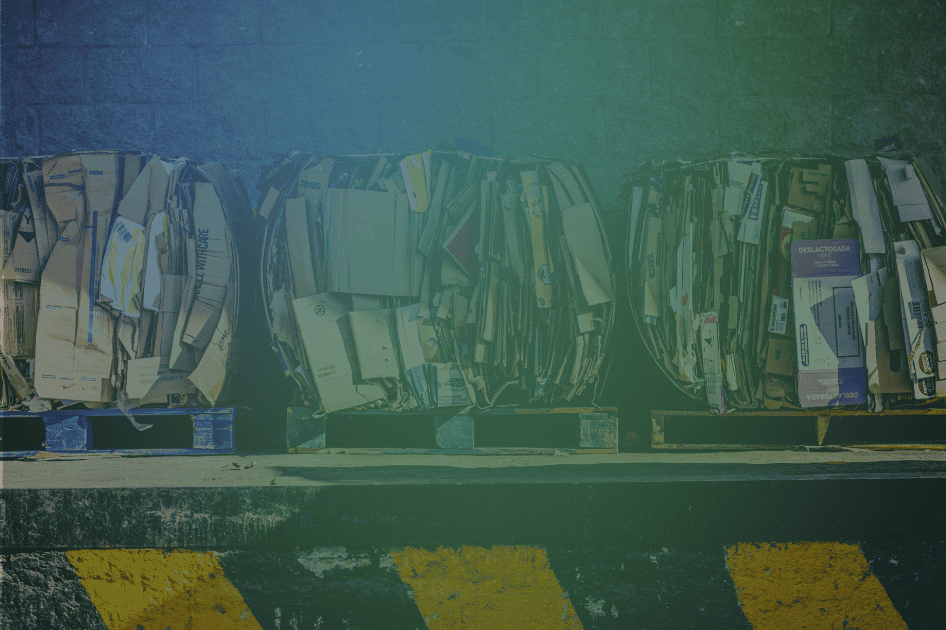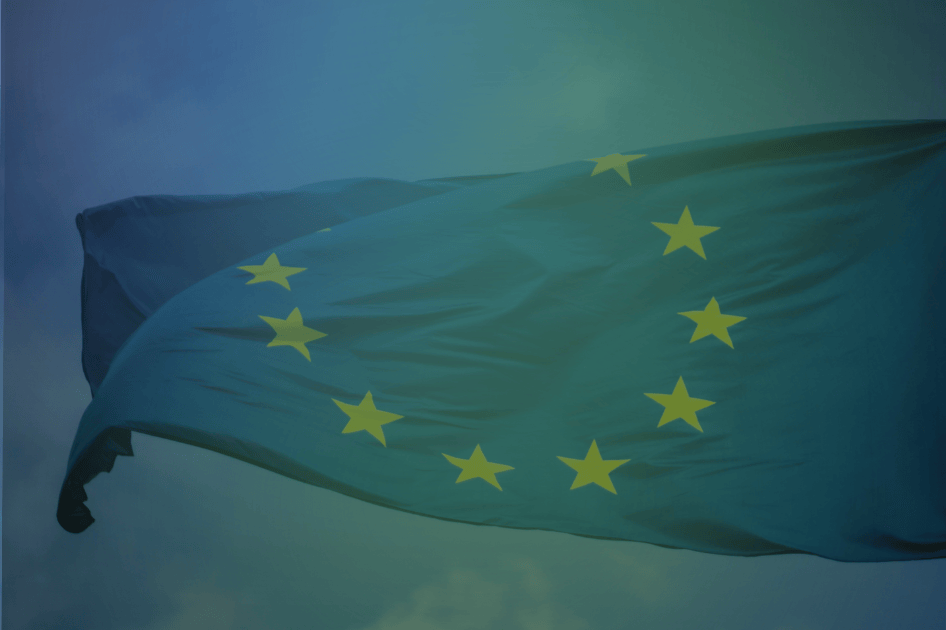Data centres are, and will continue to be, increasingly strategic infrastructures for competitiveness and digital transition. They are, however, highly energy-intensive facilities: in 2035, global consumption could quadruple, rising from 371 TWh to almost 1,600 TWh, equal to 4% of the world total, compared to 1% in 2024.
What can be done to transform these IT infrastructure centres into allies of urban sustainability and the circular economy, considering they are also generators of high volumes of WEEE? These are the premises of the position paper <<Italy's data centres. Energy, efficiency, sustainability for the digital transition,>> drawn up by the TEHA Group in collaboration with A2A and presented at the 51st edition of the Cernobbio Forum.

A booming sector worldwide
Across the world, there are 10,332 data centres spread across 168 countries. The United States leads the way with more than half of all active facilities (5,426), followed by the European Union, housing 2,254. Their expansion responds to rapidly growing demand: the global population connected to the internet has grown from 15.6% in 2005 to 67.6% in 2024, representing over four billion new users.
With 168 plants, a total area of over 333,000 m² and an installed capacity of 513 MW (a 17% increase compared to 2023), Italy ranks 13th in the world, but its expansion is among the fastest in Europe. Lombardy is now a strategic hub: over 60% of installed capacity (318 MW) is concentrated in this region. The Lombard capital in particular, Milan, accounts for 46% (238 MW) of national capacity, exceeding cities such as Madrid (172 MW) and Zurich (110 MW), while historic European hubs such as Frankfurt, London, Amsterdam and Paris are displaying signs of saturation due to energy and urban planning constraints.
Four strategic lines: the Italian case
As emerging technologies exponentially increase the demand for computing power and storage, it will become essential to integrate energy efficiency, spatial planning and technological innovation.
In this regard, the study identifies four strategic lines: applied in a coordinated manner, they would enable Italy to avoid 5.7 million tonnes of CO₂ per year, a value equal to the amount generated by 1.7 million citizens, with a total economic benefit of approximately €1.7 billion.
- The first one is waste heat recovery: in Italy, for instance, connecting data centres to district heating networks could generate 9.5 TWh of thermal energy every year, sufficient to heat 800,000 households and reduce emissions by 2 million tonnes of CO₂ per year at full capacity (over 5% of current residential emissions).
- The second lever is the use of brownfield sites, i.e. disused industrial spaces, for the construction of new plants. In Italy, there are approximately 3.7 million square metres of redevelopment areas available, 16% of which are already connected to the medium or high voltage electricity grid: a resource that can promote urban regeneration and reduce the consumption of greenfield land.
- The third lever is Power Purchase Agreements (PPAs), which are long-term contracts for the supply of renewable energy. In a fully developed scenario, data centres would be able to cover up to 74% of their energy needs, reducing emissions by 3.7 million tonnes of CO₂ per year and encouraging new investments in green capacity.
Recovery of WEEE
Lastly, the recovery of WEEE, electrical and electronic waste generated by these infrastructures, represents a fourth key opportunity, which would allow economic value to be reclaimed through recycling, reducing the sector's environmental impact and strengthening national supply chains. According to estimates, in a full potential scenario, Italian data centres could generate over 147,000 tonnes of WEEE per year, of which approximately 74,000 tonnes are recyclable, activating a national treatment chain.
The total economic value of recycling is estimated at around €133 million per year, including the market value of recovered materials, the avoided cost of disposal and the prevented import of equivalent resources. The development of the data centre sector in Italy could thus activate a national e-waste recovery and treatment chain, generating direct economic benefits and helping to strengthen circular economy objectives at the European level.
- You may also be interested in: Do you have small WEEE items lying around in a drawer? Bring them to Ecomondo 2025
Data centres and WEEE: the figures
In order to estimate the tonnes of WEEE potentially placed on the market as of 2025, TEHA adopted a two-layered approach.
First, the total tonnes of WEEE generated annually by data centres operating in Italy were estimated. How was this calculation made?
The first step was to determine the IT load installed annually, obtained by dividing the total power of the data centres by an average energy efficiency value (PUE), assumed to be 1.3 in 2025. From this installed power, the number of active racks was estimated, considering an average consumption of 10 kW per rack (a rack in a data centre is a standardised metal structure used to house and organise servers, network devices, storage systems and other IT equipment, ed.).
Subsequently, assuming an average hardware equipment life of 3.5 years, the number of racks entering the decommissioning phase each year was calculated. By combining this data with an estimate of the average weight per rack, equal to 1.13 tonnes, it was possible to arrive at a realistic assessment of the annual volume of WEEE entering the disposal and treatment cycle.
The second step concerned the estimation of the proportion of WEEE that can actually be recycled, applying a potential recovery rate of 50%: this figure reflects the performance already achieved in benchmark countries such as Germany, and allows us to hypothesise a realistic potential for the Italian industrial system.
- You may also be interested in: The future of small WEEE: reuse, repair, and recycling
Written by Emanuele Bompan and Maria Carla Rota
This blog is a joint project by Ecomondo and Renewable Matter
PUBLICATION
21/11/2025

